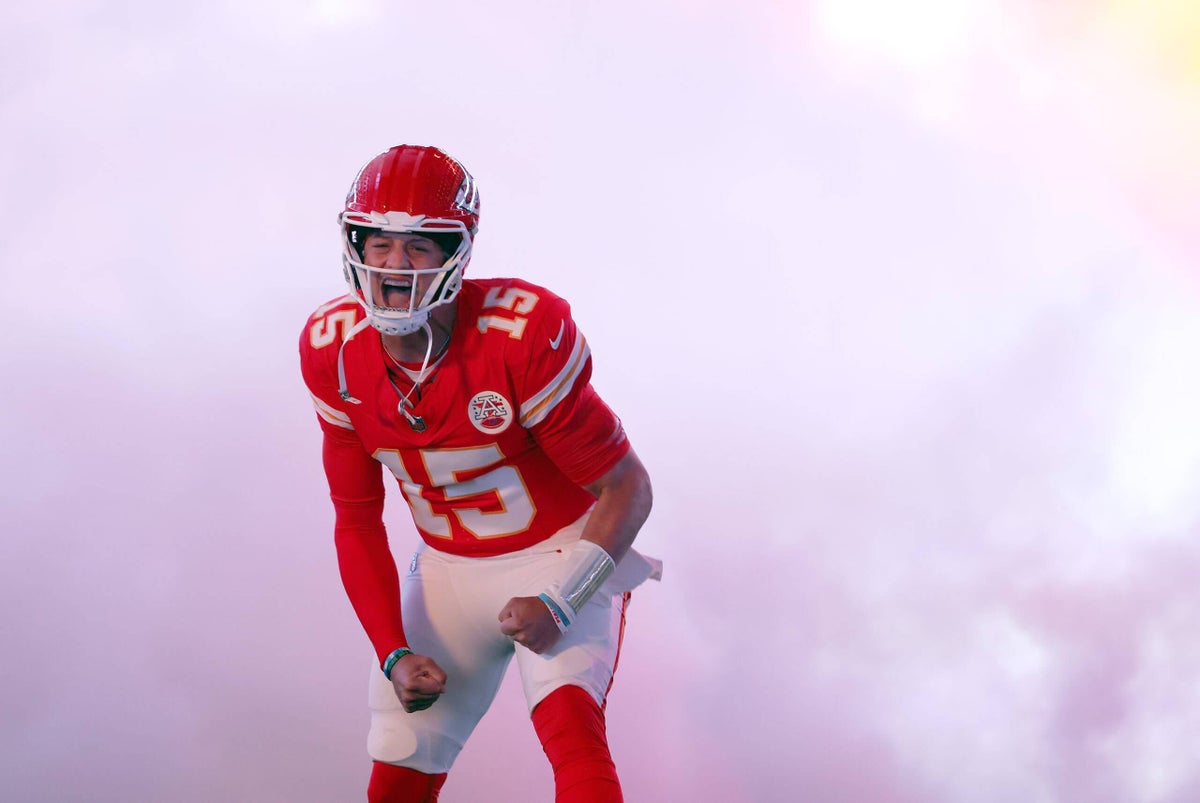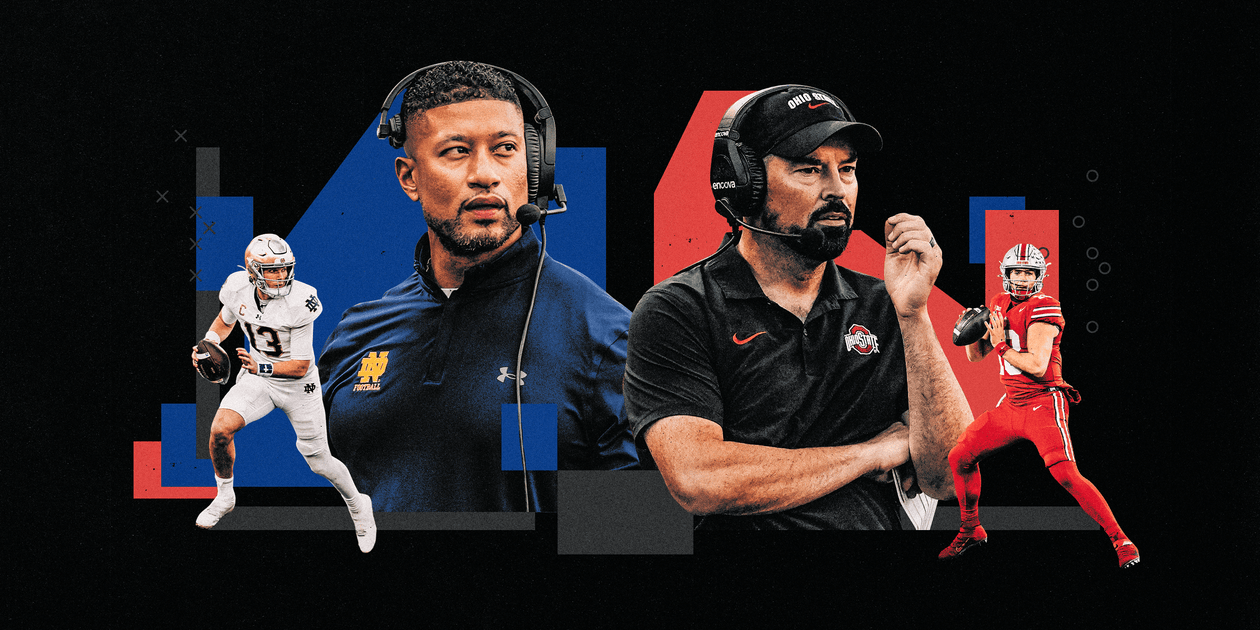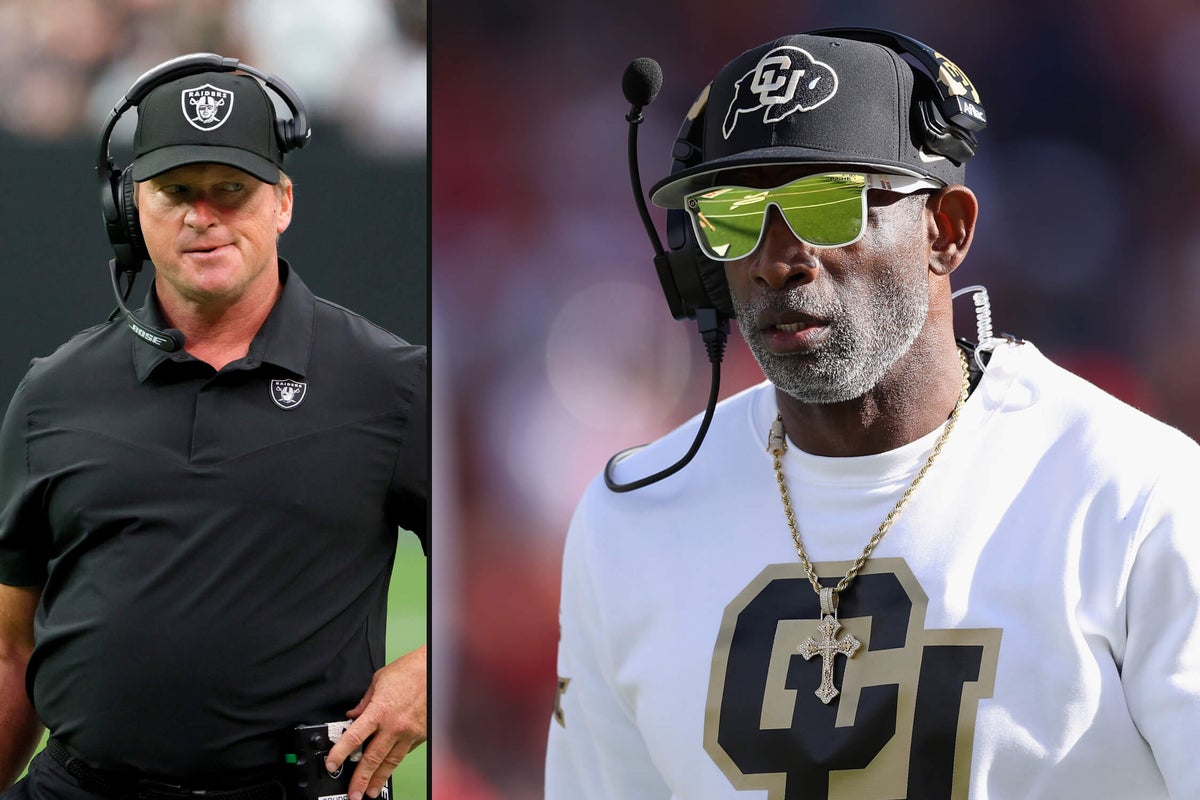The New York Yankees and Chicago Cubs agreed to a trade on Tuesday involving former National League Most Valuable Player Award recipient Cody Bellinger. Bellinger will head to New York along with a chunk of change to help cover his contract, while veteran right-hander Cody Poteet will make his way to Chicago.
As is the custom around CBS Sports, whenever a big offseason swap happens I chime in to give the deal the trade grades treatment. What does that entail? Among other things: analysis on each player; thoughts on the greater context surrounding the move; and an attempt to boil all of that down into a single letter grade that is, frankly, the least important if most obsessed about part of the process.
Before delving into the grades, here’s a recap of the trade in whole:
- Yankees receive: OF Cody Bellinger, $5 million
- Cubs receive: RHP Cody Poteet
Now, let’s get to it.
Yankees: A
There are ample reasons to be skeptical about what, exactly, Bellinger will bring to the table next season. He’s had his OPS vary, on a year-to-year basis, by at least 110 points in each of the last seven seasons; he’s not far removed from being on his apparent last chance; his ball-tracking data continues to underwhelm despite above-average topline results; and it’s clear the Cubs couldn’t gin up a frothing market for his services. All that acknowledged and accepted, the Yankees had to take this layup of a deal.
Bellinger, 29, looks like a great fit for the Yankees roster in more ways than one. Defensively, he’ll seemingly start the season in center field, where he’s reliably graded as average or better throughout his career. That not only should improve the Yankees defense, but also gives Aaron Judge an easier defensive assignment. As an added bonus, Bellinger could easily slide to a corner (be it left/right or first base) if needed as the summer burns on and team compositions change with injuries, promotions, and trades.
The real draw here for the Yankees is at the plate. Bellinger ought to benefit from being a left-handed hitter with lift-and-pull tendencies playing his home games in a ballpark that tends to reward the profile. As I previously noted, Statcast’s calculations had him adding six home runs to last year’s total if he had repeated his batted ball outlay in Yankee Stadium. The perfect-world scenario here sees Bellinger providing the Yankees with above-average defensive value and contact chops as well as 25 to 30 home runs. That’s a tantalizing right-tail outcome that could result in a four-plus-win season.
Granted, the error bars on Bellinger are wide enough that you can’t be certain he’ll give you that kind of showing. It’s more probable that he settles in around one to two wins (and it’s at least possible he finishes below that given his history). There are roster-building situations where, if it’s not possible to add certain excellence, it makes more sense to roll the dice on possible excellence than certain averageness. The Yankees, in their attempt to replace Juan Soto and return their ceiling to pennant contender, find themselves in one of those situations — particularly at this cost.
Wherever you check in on the above possibility will also dictate how you feel about the chances that Bellinger exercises his player option for next season (valued at $25 million). I think it’s fair to write that the Yankees were not going to find a player with this kind of upside on the free-agent market for what may amount to a one-year pact worth $27.5 million. (That figure includes the $5 million buyout on his option year.)
If Bellinger craters again, then this deal will look silly on the grounds of the opportunity cost at hand. But you can’t let the possibility of shadows deter you from enjoying the sunshine. The upside here makes this a swing worth taking for a Yankees team that can count on only so many more elite years from Judge and Gerrit Cole.
Cubs: B
The actual grade should be TBD, as in “to be determined,” but I feel the Cubs will make a follow-up move or two that validates earning a good grade here on faith alone.
From the Cubs’ perspective, this deal is all about the opportunity cost associated with saving more than $27 million this season into next in financial obligations. Once the Cubs obtained Kyle Tucker from the Houston Astros, there was no apparent place for Bellinger in Chicago. It became a matter of time (and wills) before a deal was lined up.
With Bellinger’s money out of the picture, the Cubs’ projected Opening Day payroll is now around $160 million. For reference, last season they opened the year at $214 million; the year before that, they sat at $184 million. I have to assume that the Cubs now have at least $20 million more to spend between now and the spring.
The more interesting matter is what that money will go toward. The Cubs have been linked in recent days to Miami Marlins left-hander Jesus Lúzardo, projected to earn $6 million through arbitration. They’ve also been tied to Seattle Mariners right-hander Luis Castillo (guaranteed $22.75 million annually the next three seasons with a vesting option for 2028). Not to get too presumptuous here, but it’s probably fair to mentally allocate at least a chunk of the savings toward a starting pitcher. After that, who knows? Maybe the Cubs find themselves involved with the slow-to-develop closer market.
I would be remiss to ignore that the Cubs did receive an actual player back, too.
Poteet, 30, has scattered 24 big-league appearances across the last four seasons. He has a full arsenal, including two low-to-mid-90s fastballs and some secondaries that grade well in the eyes of pitch-quality metrics, and a short stride that results in a shallow release point. He primarily has served as a starter in the minors, compiling a 3.92 ERA and a 3.27 strikeout-to-walk ratio in Triple-A in 2024. He still has minor-league options remaining, suggesting he could serve in an up-and-down capacity for the Cubs, be it as rotation depth or as someone who can slot into the bullpen as needed.



Leave a Comment